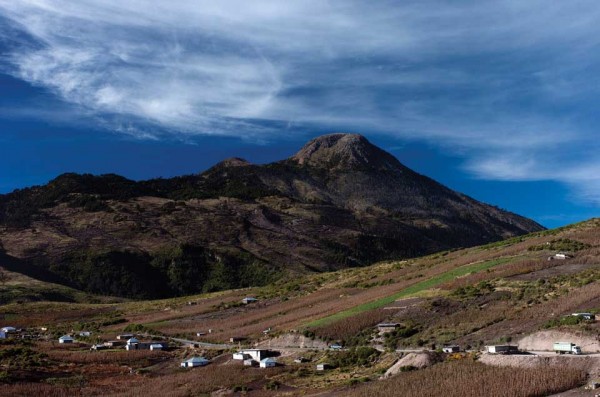Brown
Brown gets bad press. People feel bad and say they’re in a brown mood. When one U.S. president wore a brown suit, his staff knew they were in for a tough day. But watch some of the street artists under the golden-brown arch in La Antigua Guatemala as they mix their oils to make a brown: a squeeze each of orange and red. A squeeze of rose, a touch of yellow. A little black, maybe some gray. Beautiful colors, blended just right. And there on the palette, a lovely shade of oil paint for the colonial walls, a darker shade for the hills, lighter again for paths through a coffee finca, or maybe for a painting of the coffee itself, drying.
Brown shades fill the milpas, the corn fields, this season as the old stalks await being turned under. Brown strings of peanut plants stretch on mountainsides in neat rectangles of farms, matching the brown nuts themselves being sold by street vendors. Wheat fields in the Highlands wave greetings in brown, and kelp on the seacoasts flash a deeper reddish-brown.
Mix your palette for your own painting of the Guatemalan countryside, and you’ll need dozens of shadings of brown to do it right: light browns for the walls, deeper browns in the shadows, dark brown for the volcanoes in the dusk. Brown-skinned children at play, browned surfers on the beaches, brown horses plodding with tourists in carriages along the cobblestone-brown streets. You might want to include on your canvas a mahogany-brown table with a light brown tortilla and barbecue-browned meat, or brown beans in a broth of golden-brown cheese. Brown can be tasty indeed.
Brown’s not so bad, mixed right to show off the Mayan pyramids against the green jungle and blue skies. Or brown on village casas, brown sausages hanging in market stalls, brown monkeys swinging at play. Don’t let brown put you in a bad mood–enjoy brown at its best around Guatemala.
